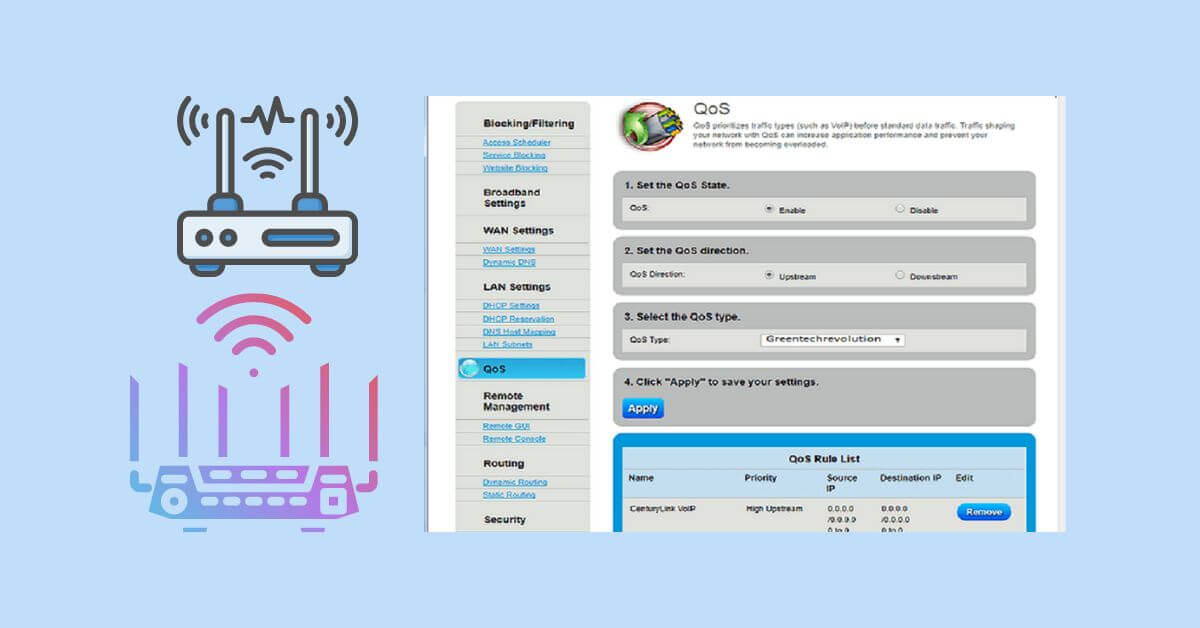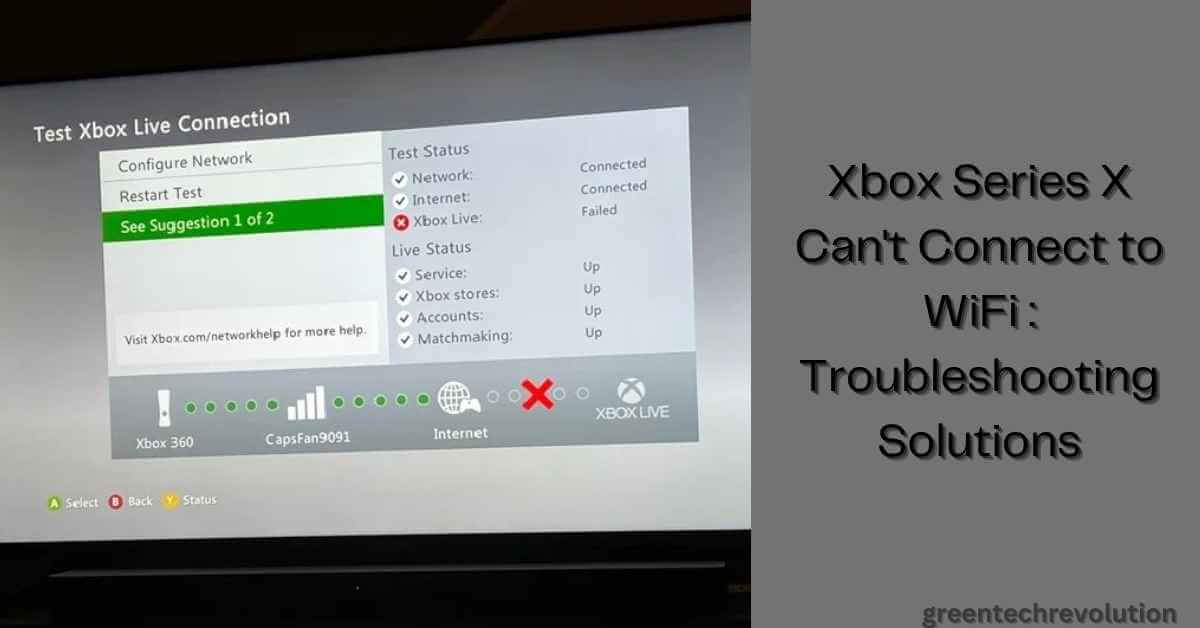Are you ready to unlock the full potential of your Asus router? If so, then it’s time to delve into the world of VLAN tagging. While it may sound technical and complex, rest assured that we’ve got you covered. In this comprehensive guide, we will break down the concept of VLAN tagging in simple terms and provide step-by-step instructions on how to implement it on your Asus router. Get ready to supercharge your home network speed and security with this game-changing feature that is sure to impress even the most tech-savvy individuals. Let’s dive in!
1. Understanding VLAN Tagging
Virtual LAN (VLAN) tagging is a sophisticated networking technology that plays a pivotal role in optimizing network performance. VLANs allow you to divide a single physical network into multiple virtual networks, each with its own unique identifier or tag. This segmentation enables more efficient data management, enhanced security, and improved traffic control.
In essence, VLAN tagging ensures that data flows seamlessly within your network by categorizing it into distinct groups. This means that your network can efficiently handle different types of traffic, such as voice, video, or data, without interference. Understanding the fundamentals of VLAN tagging is crucial for anyone seeking to harness the full potential of their network infrastructure.
2. Why VLAN Tagging is Important
VLAN tagging holds immense importance in the world of networking due to its multifaceted benefits. Firstly, it allows for the prioritization of network traffic, ensuring that critical data receives precedence. This is especially vital in environments where various applications compete for bandwidth.
Moreover, VLAN tagging helps in reducing network congestion. By segregating traffic into VLANs, you can prevent data storms that often result from broadcast messages. This, in turn, optimizes the overall efficiency and responsiveness of your network.
Lastly, VLAN tagging enhances network security. It creates boundaries between different segments of your network, preventing unauthorized access to sensitive information. This level of control is indispensable for businesses looking to safeguard their data and maintain regulatory compliance.
3. Asus Routers and VLAN Tagging
When it comes to implementing VLAN tagging, Asus routers are renowned for their robust support and user-friendly interfaces. These routers have earned a reputation for versatility and advanced features, making them an ideal choice for users looking to harness the power of VLANs.
Asus routers offer seamless integration of VLAN tagging, ensuring that users of varying technical expertise can configure and manage their VLANs effortlessly. Whether you are a home user or a business professional, Asus routers provide the tools you need to optimize your network’s performance.
4. Configuring VLAN Tagging on Your Asus Router
Setting up VLAN tagging on your Asus router is a straightforward process that begins with accessing the router’s administrative interface. From there, you can define VLANs, assign ports, and specify tagging options. We’ll guide you through each step, ensuring that you can harness the full potential of VLANs without unnecessary complications.
5. Benefits of VLAN Tagging
The benefits of VLAN tagging extend far beyond mere network segmentation. VLANs offer improved network performance by streamlining traffic, reducing congestion, and preventing data collisions. Furthermore, they enhance network security by isolating segments and preventing unauthorized access to sensitive information.
In a world where the demand for network efficiency and security continues to grow, VLAN tagging has become an indispensable tool. Understanding and implementing VLANs on your Asus router can significantly improve your network’s overall performance and reliability.
6. VLAN Tagging Best Practices
Optimizing your network with VLAN tagging requires adherence to best practices. Properly configuring and managing VLANs ensures you get the most out of this technology. Start with a well-thought-out VLAN plan, designating which devices or groups will belong to specific VLANs. Consider factors like traffic patterns and security requirements when assigning devices to VLANs.
Regularly monitor and maintain your VLANs to keep them running efficiently. Be vigilant against VLAN sprawl, where too many VLANs can lead to complexity and inefficiency. Implement proper documentation and labeling to prevent confusion in larger network setups.
7. Troubleshooting VLAN Tagging on Asus Routers
While VLAN tagging offers numerous benefits, occasional issues may arise. Troubleshooting is essential to maintain network integrity. Common issues include misconfigured VLAN settings, port mismatches, or broadcast storms.
Our troubleshooting section provides step-by-step guidance to help you identify and resolve these problems swiftly. By following these guidelines, you can ensure uninterrupted network performance.
8. Securing Your VLANs
Security is paramount in networking. VLAN tagging enhances security by creating segmentation. However, you must also secure your VLANs themselves. This involves setting up robust access controls, configuring firewalls, and implementing strong authentication measures to safeguard each segment of your network.
9. VLAN Tagging for Gaming
Gamers, in particular, stand to benefit from VLAN tagging. By dedicating a VLAN to your gaming devices, you can minimize network congestion, reduce latency, and optimize your gaming experience. Say goodbye to frustrating lag spikes and enjoy smoother gameplay.
10. VLANs for Home and Office
VLAN tagging isn’t limited to business environments; it’s equally valuable at home. At home, VLANs can help separate smart home devices, ensuring your security cameras, thermostats, and gaming consoles don’t interfere with each other. In an office, VLANs can isolate guest networks, secure sensitive data, and enhance overall network management.
11. QoS and VLANs: A Winning Combination
Quality of Service (QoS) and VLAN tagging complement each other perfectly. QoS allows you to prioritize specific types of traffic within your VLANs, ensuring critical applications receive the bandwidth they require. Combining QoS and VLAN tagging optimizes your network for both performance and efficiency.
12. Monitoring Your VLANs
Regularly monitoring your VLANs is essential to identify and resolve issues promptly. There are various tools and techniques available to track traffic, diagnose problems, and ensure your VLANs operate smoothly. Effective monitoring is key to maintaining a healthy network.
13. Future-Proofing Your Network
Technology evolves rapidly, and your network should be ready to adapt. VLAN tagging future-proofs your network by providing flexibility and scalability. As your network requirements change, VLANs allow you to easily reconfigure and expand without the need for major infrastructure overhauls.
14. Case Studies: Real-World Applications
Explore real-world scenarios where VLAN tagging has had a profound impact on network efficiency. From small businesses to large enterprises, these case studies showcase how VLANs can be tailored to specific needs, resulting in enhanced performance and security.
FAQs:
1. What is VLAN tagging, and how does it work?
VLAN tagging is a technology that segments a network into virtual LANs, allowing for better traffic management and security. It works by assigning unique tags to each VLAN, ensuring data flows efficiently.
2. Can I set up VLAN tagging on my Asus router if I’m not tech-savvy?
Yes, Asus routers offer user-friendly interfaces that make configuring VLANs accessible to users of all technical levels.
3. What are the security benefits of using VLANs?
VLANs enhance security by isolating network segments and preventing unauthorized access to sensitive data.
4. How can VLAN tagging improve my online gaming experience?
VLAN tagging can reduce lag and improve ping times, creating a smoother and more enjoyable gaming experience.
5. Are there any potential drawbacks to using VLANs on my network?
While VLANs offer numerous benefits, they require careful configuration to avoid potential network disruptions. Proper setup and management are essential.
6. What Asus router models support VLAN tagging?
Many Asus router models support VLAN tagging. Check your router’s specifications or user manual to confirm support.
7. Can I prioritize certain devices or applications using VLAN tagging?
Yes, VLAN tagging allows you to prioritize traffic within specific VLANs, ensuring critical applications get the bandwidth they need.
8. How do I create and configure VLANs on my Asus router?
Refer to your router’s user manual or online documentation for step-by-step instructions on creating and configuring VLANs.
9. Can I change VLAN settings after the initial configuration?
Yes, you can modify VLAN settings on your Asus router at any time to adapt to changing network needs.
10. What is the difference between VLAN tagging and traditional network segmentation?
VLAN tagging offers greater flexibility and control over network traffic compared to traditional segmentation methods.
11. Is VLAN tagging suitable for home networks, or is it primarily for businesses?
VLAN tagging is beneficial for both home and business networks. It helps improve network efficiency and security in various settings.
12. What types of devices can benefit from VLAN tagging in a home network?
Devices like smart TVs, gaming consoles, and IoT devices can benefit from VLAN tagging by reducing network congestion.
13. Can I use VLAN tagging to create a guest network on my Asus router?
Yes, VLAN tagging can help you create a secure guest network separate from your primary network.
14. Are there any compatibility issues with VLAN tagging and specific devices or applications?
Incompatibility issues are rare, but it’s essential to ensure that devices and applications can work within a VLAN-tagged environment.
15. Where can I find additional resources and support for configuring VLAN tagging on my Asus router?
Refer to Asus’s official website, and user forums, or contact their customer support for additional resources and assistance with VLAN tagging configuration.
Final Thoughts
In conclusion, VLAN tagging is a powerful feature that allows users to create multiple networks within their Asus routers, enhancing security and network management. By isolating different devices or groups of devices, users can have greater control over their network traffic and ensure that sensitive information remains protected.
With the easy-to-use interface provided by Asus routers, setting up VLAN tagging is a straightforward process that even beginners can accomplish. Whether for home or business use, VLAN tagging is an invaluable tool that can greatly improve network performance and security. So why wait? Take advantage of this feature on your Asus router today and experience the benefits it has to offer!












Leave a Reply
You must be logged in to post a comment.